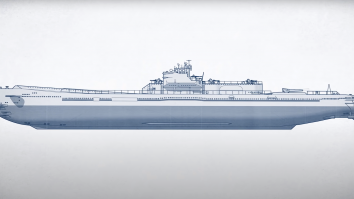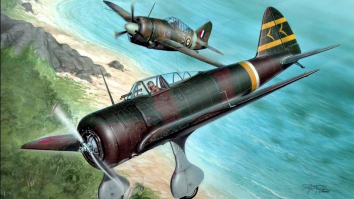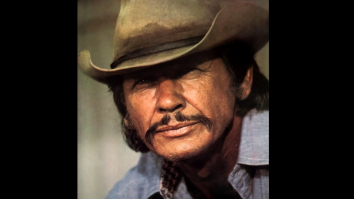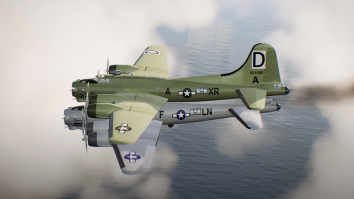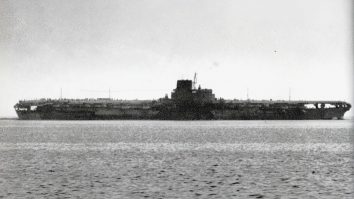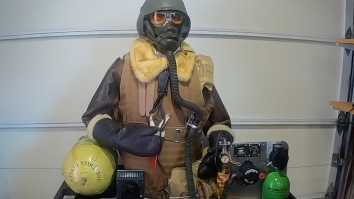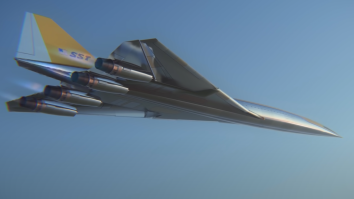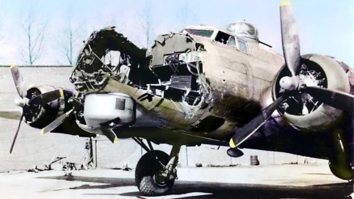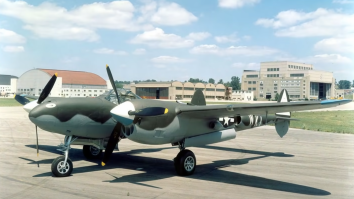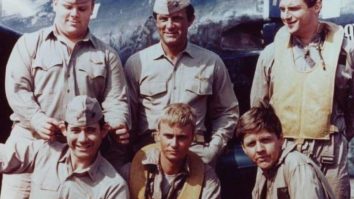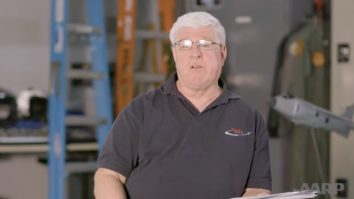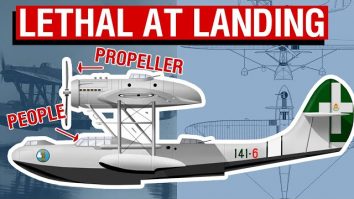A Hail Mary The Japanese Navy needed a revolutionary weapon of mass destruction capable of turning the tides of the war. One such idea came in the form of a submarine that doubles as an aircraft carrier. Merging the stealth capabilities of a submarine and strike capabilities of carriers, the I-400 was already too good […] More
1. First Low-Wing Monoplane Fighter of Japan Japan was looking for their first low-wing monoplane to replace their Ki-10 biplane fighter. The Ki-27 won due to its low wing loading and good maneuverability. The lack of more armaments meant it weighed considerably lesser than Western fighters. 2. Quick and Agile This highly nimble fighter was […] More
1. He had a foreign accent Despite being born and raised in the US, his fellow servicemen thought he was from another country because of his strong foreign accent. Growing up in a Lithuanian household, it wasn’t until Bronson (born Charles Buchinksy) was a teenager that he learned how to properly speak English. 2. He […] More
The Mission On December 31, 1944, Glenn Rojohn and his crew were in their B-17G for a bombing mission over Hamburg. This time, the Germans fought hard and met the bombers with anti-aircraft guns. The number of Flak shells in the air severely hampered their visibility and coordination. Aggressive Bf 109s While on their way […] More
One Secret Ship To Rule Them All The might of the Imperial Japanese Navy was too much for countries in the Pacific at the time. However, the results of the Battle of Midway weakened their power. “Shinano” was supposed to be the ultimate ship that would rule the Pacific. It was so highly regarded by […] More
1. Supplemental Oxygen Bombers operated between 25,000 to 35,000 feet. Now, that wouldn’t be such a problem if the plane was pressurized but the B-17 was not. Therefore, crew members had to breathe in supplemental oxygen so as to not pass out and die during missions. It only took a minute for someone to pass […] More
1. Too Expensive To achieve supersonic speeds while housing almost 300 passengers, the Boeing 2707 had to be designed with four GE4 turbojet engines. It also had to be made of material that could handle the heat produced by flying at supersonic speeds. These factors would lead to difficulty in procuring materials and overall being […] More
The Lucky Number 666 It had the number “666” on its tail which made everyone think it was bad luck to operate. Badly beaten and almost inoperable, it would still somehow fly back to the base for repairs. It was later sent to the back of the base to collect dust, waiting for its next […] More
1. High Price Compared with the prices of the P-47 and P-51, the price of the P-38 is alarmingly higher than the two. In 1944, a P-38 could cost $97,000 while a Mustang was only $51,000. Buying something cheaper that performs way better is a no-brainer. We saw the rise of the P-51s in the […] More
1. Most Were Fictional Most of the characters in the show were fictional. However, one character is based on a real WWII pilot named Greg Boyington. “Pappy”, as others would call him, was a WWII pilot known for being a rule-breaker, to put it quite frankly. His squad, however, wasn’t actually composed of a crew […] More
1. Does it have all the electronics? Making the planes as light as possible is a top priority. That’s why weapon systems are taken out of the plane including some of its navigation instruments. By doing so, a Harrier would save around 400 lbs. For navigation and communication, the pilots would opt to use civilian […] More
The Z.501 Gabbiano greatly overstayed its welcome. It had its moments when left uncontested but it was no match as soon as capable fighters challenged it. Underwhelming Design and Performance The Gabbiano isn’t a very popular aircraft due to its lackluster performance in the war and also its design. Not a lot of planes can […] More


